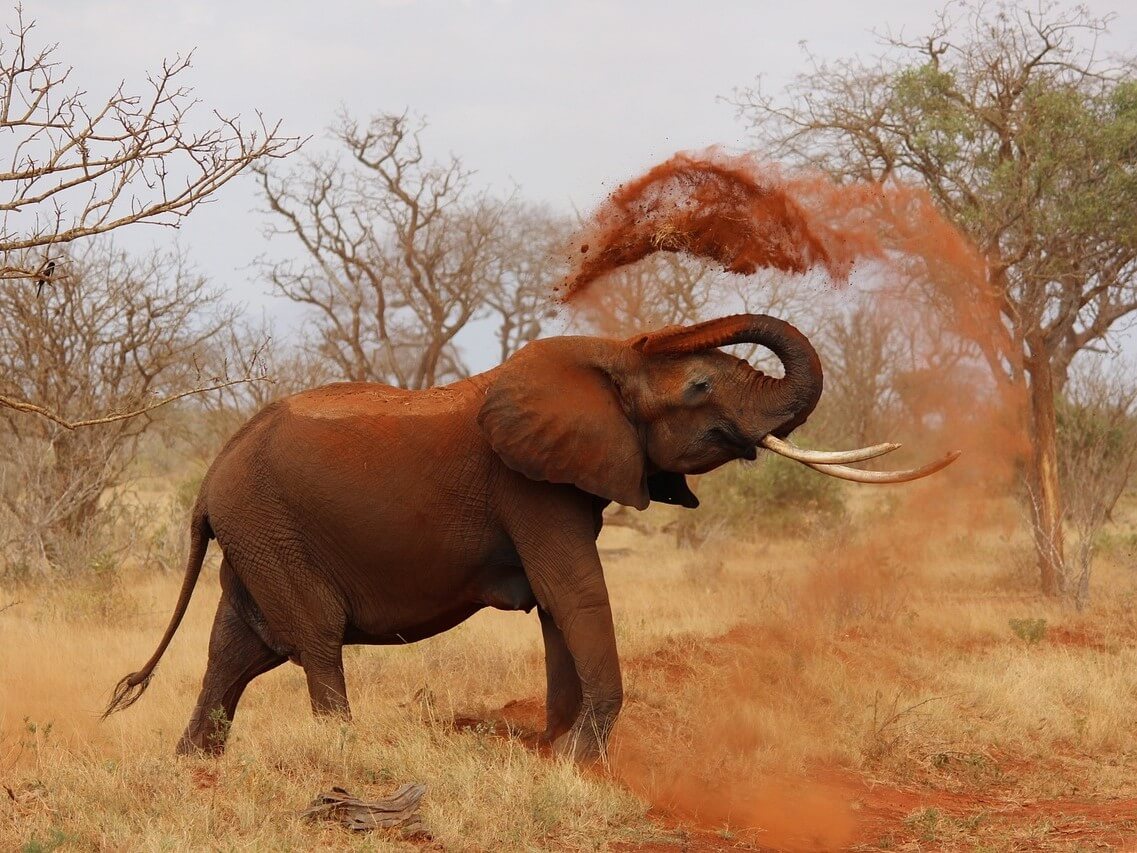
Serengeti National Park is a renowned jewel of Tanzania's safari circuit, sprawling across approximately 14,750 square kilometers of vast savannah plains, acacia woodlands, and seasonal watercourses. This iconic wilderness area is celebrated for its unparalleled wildlife spectacles, most notably the Great Migration, where millions of wildebeest, zebras, and other herbivores traverse the plains in search of fresh grazing grounds, accompanied by predators such as lions, cheetahs, and hyenas. Throughout the year, Serengeti National Park offers a captivating blend of landscapes, from endless grasslands stretching as far as the eye can see to rocky outcrops known as kopjes, which provide vantage points for predators and refuge for smaller animals. The park's diverse habitats support an extraordinary array of wildlife, ensuring that every safari excursion holds the promise of thrilling encounters with Africa's iconic species.
The best time to visit Serengeti National Park largely depends on the type of safari experience one seeks. During the dry season, from June to September, the vegetation thins out, making it easier to spot wildlife congregating around water sources. This period coincides with the Great Migration's river crossings, a dramatic spectacle where herds plunge into crocodile-infested waters in their quest to reach greener pastures. Alternatively, the wet season, from November to May, transforms the landscape into a lush paradise, with verdant plains dotted with newborn animals and an abundance of birdlife. One of Serengeti's most iconic features is the Seronera River Valley, where permanent water sources attract a concentration of wildlife year-round. Here, visitors may witness lions lounging in the shade, elephants bathing in the shallows, and hippos wallowing in the muddy banks.
The Seronera region also boasts an excellent network of safari lodges and camps, providing luxurious accommodations amidst the wilderness. Beyond the Seronera Valley, the Serengeti beckons adventurers to explore its remote corners, where solitude and raw natural beauty abound. From the towering granite pillars of the Moru Kopjes to the ancient rock paintings of the Kusini region, each area offers its own unique charm and wildlife encounters. In addition to its terrestrial wonders, Serengeti National Park is a paradise for birdwatchers, with over 500 avian species recorded within its boundaries. From the majestic martial eagle soaring overhead to the colorful lilac-breasted roller perched atop an acacia branch, bird enthusiasts will find endless opportunities for sightings and photography. Whether embarking on a thrilling game drive, a walking safari accompanied by Maasai guides, or a hot air balloon safari floating above the plains at sunrise, a visit to Serengeti National Park promises an unforgettable journey into the heart of Africa's wilderness, where the rhythm of life pulses with the ebb and flow of the seasons
The climate of the Serengeti National Park is subtropical, with rain season from November to April and dry season from May to October

Lions

Buffalo

Cheetah

Giraffe

Hippo

Elephant

Leopard

Impala

Zebra

Rhinoceros

Hyena

Wild Dogs

Hornbill

Hadada Ibis

Grey Crowned Crane